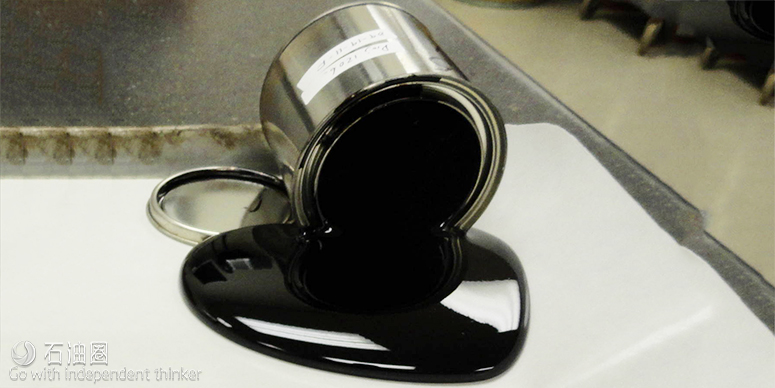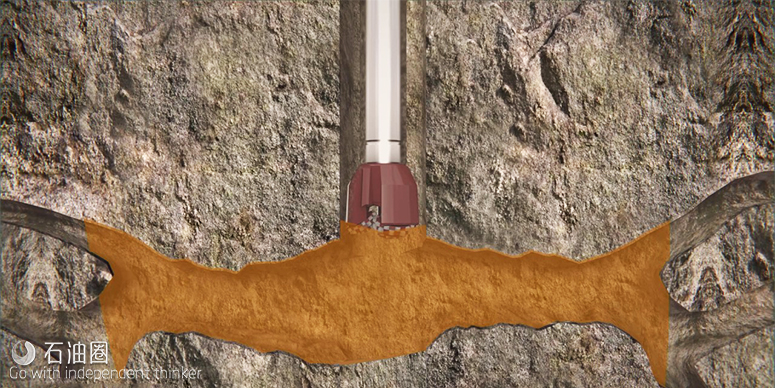SentinelCem™ Cement
Lost circulation is a recurring, expensive challenge for the oil and gas industry. Losses range from seepage to complete; the financial impact involves non-productive time, remedial operations expenses, and material-replacement costs. Conventional solutions range from adjusting fluid rheology and pump rates to adding particulate materials to wellbore fluids; but these solutions do not always work and many severe-loss treatments have been designed on a trial-and-error basis.
Halliburton has designed SentinelCem™ cement specifically to cure losses and enable further drilling. The solution is most applicable for severe-to-total losses that cannot be cured by particulate material additives. This cement system can be customized for low density to address situations where lost circulation is due to weak formations or having exceeded narrow pressure margins.
A unique property of SentinelCem cement is a thixotropic rheology that is shear-rate dependent: it remains fluid during pumping, begins to gel as pumping slows, gels quickly when pumping stops and can then regain fluidity multiple times, if and when needed, by applying shear. When the shear rate is high, the viscosity is low and the slurry flows easily for placement. Flow into formation openings reduces the shear rate. When the shear rate is reduced, as happens when it enters thief zones, the slurry thickens and gels, resisting slurry flow back, fall back or formation influx. This unique property of gaining early gel strength and compressive strength when the shear is reduced helps cure losses. The slurry will become liquid again, for a few cycles, if the shear is re-applied. The features such as thixotropy, bonding, and dynamic pumping time independent of temperature, increases the probability of curing the losses with this cement system. This solution helps manage operational costs by minimizing loss of fluids and allowing drilling to continue. Acid solubility enables optimally oriented perforations and stimulation treatments.
SentinelCem™Cement Cures Losses in Iraq Wells
CHALLENGES
» Severe to total circulation losses
» Pervasive voids in karstified dolomite
» Voids too large for conventional LCMs
SOLUTION
» SentinelCem™ cement placed through the BHA
RESULTS
» Cured losses in six wells
» Saved 250 hours of rig time
» Saved operators USD 1.5 million
OVERVIEW
With its introduction of SentinelCem™ cement, Halliburton has achieved major success in curing lost circulation issues in Iraq. Using this innovative system cured severe losses in the challenging karstified dolomite of the Dammam Formation, saving operators millions of dollars annually.
OPERATORS IN SOUTHERN IRAQ EXPERIENCE SEVERE CIRCULATION LOSSES
For years, operators drilling in the Rumaila, Zubair, and West Qurna fields in southern Iraq have routinely experienced severe and even total circulation losses at depths of 450–750 meters (1,476–2,461 feet). Underlying these fields is the karstified dolomite of the Dammam Formation, which has geological characteristics that include caverns, vugs, and large fractures.
Encountering these voids compromises the wellbore and results in lost circulation, complicating operations and driving up rig time and costs. To address the problem, operators have historically used conventional lost circulation materials (LCMs) and treatment pills, and, in many cases, have simultaneously pumped multiple conventional cement plugs – all with little or no success.
UNIQUE LOW-DENSITY CEMENT SOLVES CIRCULATION ISSUES
In early 2017, Halliburton found a solution – the application of SentinelCem™ cement.
Designed specifically to treat severe circulation loss, SentinelCem cement is a low-density cement that rapidly develops gel strength to prevent the fluid from being consumed by the loss zone. When first mixed, SentinelCem is a relatively thin fluid, which allows it to be easily pumped through the bottomhole assembly (BHA) and to achieve deep penetration into the targeted zones. As it enters lost circulation zones, the pumping rate (shear rate or velocity of its flow)
is slowed, causing it to thicken into a gel that plugs the problematic voids. For a few cycles, shear can be reapplied to return the slurry to its liquid state, a robust property that enables optimal placement. Upon being static, the cement in the slurry hydrates and develops compressive strength that prevents future losses from occurring in the problematic zone.
Unlike conventional LCMs, SentinelCem cement’s effectiveness comes from its unique chemical properties rather than mechanical bridging from particle additives. This makes it ideal in places like the Dammam Formation, where the voids are simply too big for the particles in conventional LCMs. It is also operationally easier to apply than standard cement plugs because it can be pumped through the BHA, meaning its application does not require pulling the drillstring out of the hole and running open-ended drillpipe – a major benefit that saves considerable time and money.
Technology teams with the Cementing and Sperry Drilling product service lines (PSLs) collaborated to conduct a risk assessment in order to overcome a widely held belief that the innovative cement posed a risk when pumped through the BHA. The two PSLs then worked together to apply SentinelCem cement to three wells in the Zubair Field, two wells in the South Rumaila field, and one well in the North Rumaila field.
INNOVATIVE CEMENT SAVES OPERATORS SIGNIFICANT RIG TIME
The treatment proved effective. After application, no further losses were observed in any of the six wells. In each well, the operators were then able to move ahead with drilling and cementing the next casing strings, and observed cement returns to surface according to design.
Following its success, SentinelCem cement has quickly become the first choice to cure losses among operators in the area. In addition to its effectiveness in stopping circulation losses, operators have cited SentinelCem cement’s ability to be pumped through the BHA, along with its minimal waiting-on-cement time, as factors that make it the go-to solution.
The first six treatments in Iraq saved an estimated 250 hours of rig time valued at USD 1.5 million.

 石油圈
石油圈


